Welcome to our definitive guide on International SEO Best Practices for 2023! As the digital landscape continues evolving, businesses expand beyond their local borders, making international SEO more crucial. This article will discuss optimizing your website for a worldwide audience to increase brand presence across search engines and marketplaces.
Here’s a sneak peek at what we’ll cover:
- Mastering hreflang tags for multilingual content
- Tapping into local keyword research
- Harnessing the power of geo-targeting
- Cultivating an authentic local presence

A successful international SEO strategy is understanding user experience (UX). Plerdy UX analysis helps businesses identify areas for improvement and tailor their website’s design and functionality to meet the needs of global visitors. This guide’s best practices can dominate international SEO and position your firm for success. ⚡
Introduction to International SEO in 2023

The year 2023 has witnessed an upsurge in businesses competing for online visibility, making international SEO more significant than ever. Companies must adapt to the evolving digital marketing landscape, and focusing on international SEO practices is paramount to success. This introduction delves into the importance of content and technical aspects contributing to a successful international SEO strategy in 2023.
To truly resonate with visitors from diverse linguistic backgrounds, businesses must adopt a localization approach that goes beyond mere translation. Localizing content encompasses cultural nuances and regional preferences, ensuring a seamless user experience transcending language barriers. Multilingual websites need hreflang tags to guide search engines in serving users the correct language version of a page.
Content is the cornerstone of any successful international SEO campaign. Crafting engaging content tailored to the target audience is vital for high search engine rankings. Extensive keyword research and incorporating region-specific keywords to ensure content is discoverable. Optimizing multimedia content is crucial.
Technical SEO considerations are integral to international SEO. A few practices to bear in mind include:
- Ensuring a mobile-friendly, responsive design to cater to the growing number of smartphone users worldwide
- Implementing hreflang tags and international sitemaps for easy navigation and indexing by search engines
- Addressing duplicate content and canonicalization issues to avoid penalties from search engines
To succeed in a competitive digital market in 2023, firms must follow worldwide SEO trends and practices. Companies can optimize their online presence for a global audience by focusing on international content and elevating their search engine rankings. The future of international SEO is bright, and those who embrace these best practices will reap the rewards of a well-executed strategy.
What Are The Benefits Of International SEO?
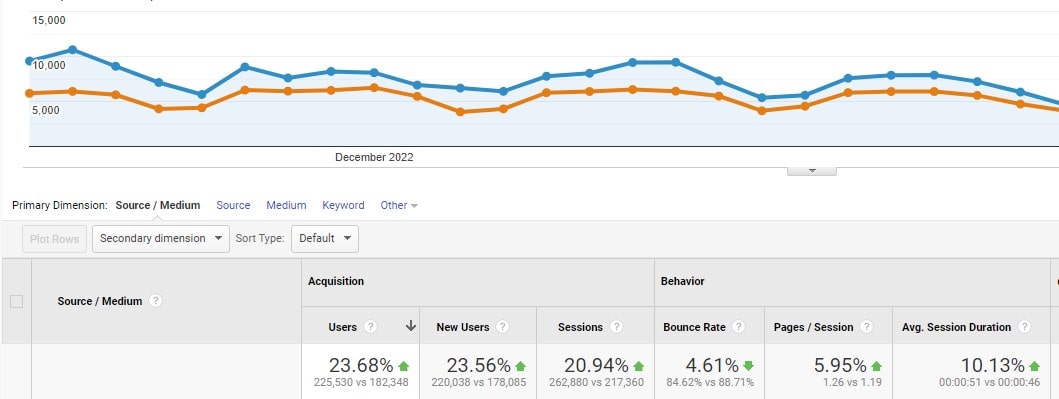
International SEO is your golden ticket to global success. By implementing effective strategies, your business can reap a plethora of benefits that catapult it to new heights. Here’s a glimpse of what international SEO can do for you:
- Wider reach: Breakthrough geographical barriers and attract potential customers from all around the globe.
- Enhanced brand visibility: Appear on multiple search engine results pages (SERPs), increasing brand exposure.
- Competitive edge: Stay ahead by optimizing your content for diverse markets, leaving competitors in the dust.
- Increased ROI: Expand your revenue streams by catering to an international audience with tailored content and marketing strategies.
International SEO requires adjusting content to diverse cultures and languages. Doing so creates a personalized user experience that speaks to your audience on a deeper level, ultimately building trust and loyalty.
In short, international SEO is the driving force behind unlocking untapped potential in new markets. So, don’t wait – dive headfirst into global optimization and watch your business flourish.
What’s The Difference Between International SEO and Local SEO?
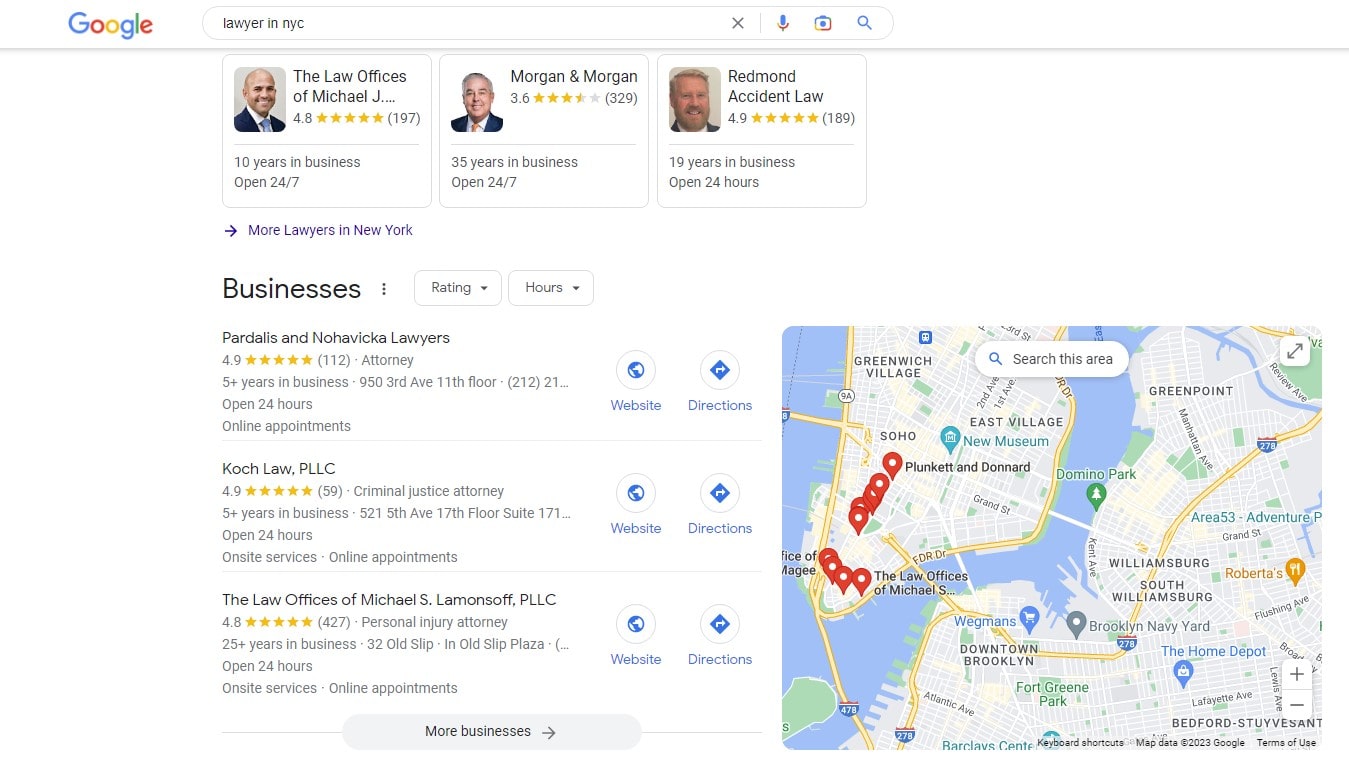
Navigating the world of SEO can be akin to navigating a maze, but understanding the distinctions between International SEO and Local SEO is crucial for business success. While both share the goal of driving organic traffic, they differ in scope, target audience, and approach.
Here’s a breakdown of the key differences:
- International SEO focuses on optimizing your website for multiple countries and languages, catering to diverse cultures, and adapting content to resonate with a global audience.
- Local SEO, on the other hand, zeroes in on specific geographic locations, ensuring your business appears in local search results and directories and connects with customers nearby.
International SEO casts a wider net, while Local SEO hones in on your backyard. Businesses can tailor their online presence to cater to local and global audiences by employing the right practices for each. Whether you’re a small business owner seeking to dominate your neighborhood or an ambitious entrepreneur with eyes on the international stage, understanding these distinctions is the first step towards conquering the digital realm.
Language and Localization
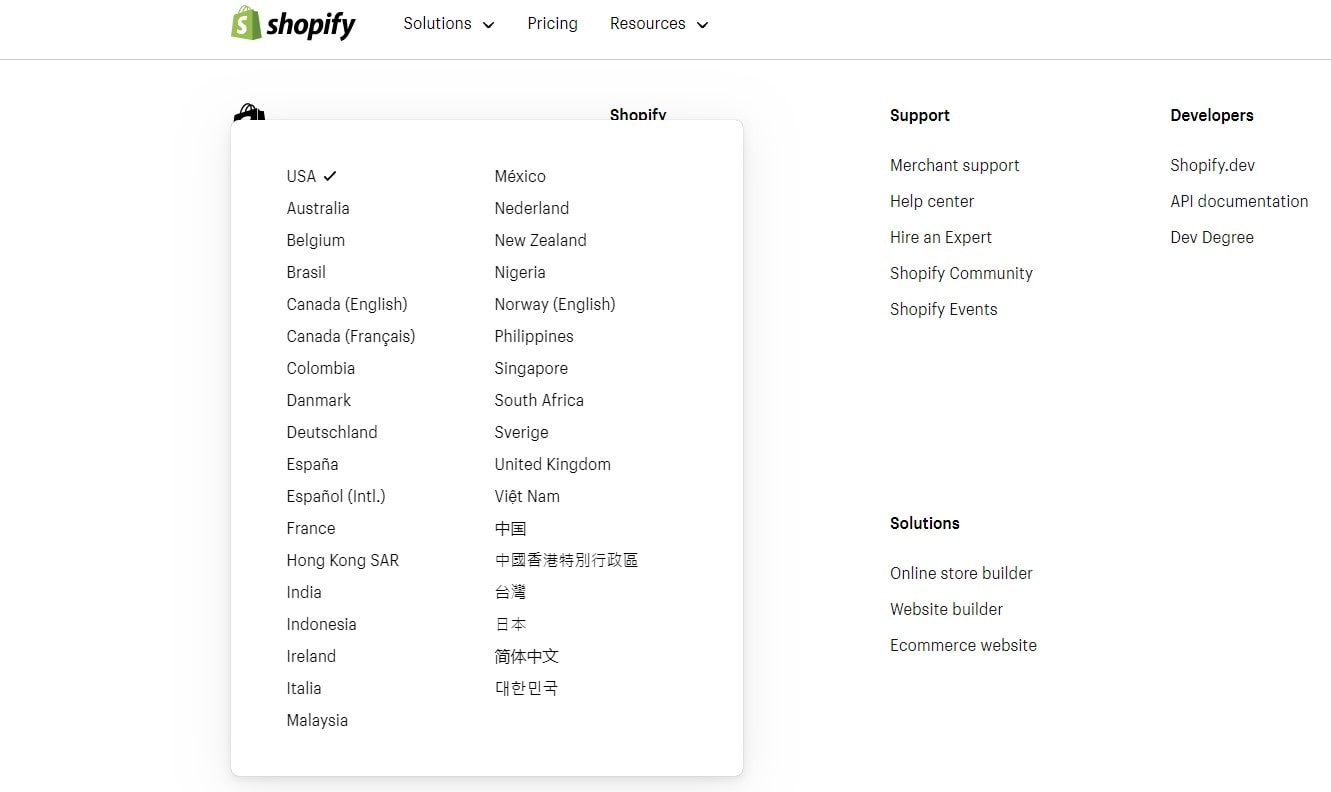
In international SEO, language and localization are vital elements that can make or break your digital presence. Of course, navigating linguistic barriers and cultural nuances is no walk in the park, but mastering these aspects can propel your brand to new heights and resonate with audiences worldwide. So let’s dive into the importance of language and localization in crafting an effective SEO strategy.
First and foremost, merely translating content into multiple languages won’t cut it – you need to localize. Localization is adapting your content to cater to your target audience’s cultural, regional, and linguistic preferences. This ensures a smooth user experience and helps forge an emotional connection between your brand and potential customers.
A well-localized website should include the following:
- A seamless adaptation of cultural references, idioms, and expressions
- Region-specific examples and case studies to make the content relatable
- Appropriate use of date, time, currency, and measurement formats
To guarantee that search engines serve the right language version of your website to users, you need to implement hreflang tags. These tags inform search engines about your web pages’ language and regional targeting, ensuring that users land on the most relevant version of your content.
Another vital aspect of language and localization is dealing with language variations within a country. For instance, in a multilingual nation like Canada, you must cater to English and French-speaking populations. To tackle this challenge, create separate pages for each language, and utilize hreflang tags to guide Google accordingly.
Furthermore, consider adopting language-specific URLs to enhance your website’s usability and search engine visibility. By incorporating the targeted language in the URL, you signal to users and search engines that the page is tailored to a specific language and audience.
In conclusion, language and localization form the backbone of a perfect international SEO strategy. You can connect with a global audience and increase your brand’s online visibility by localizing your content, implementing hreflang tags, and catering to regional language variations. So embrace the power of language, and watch your digital presence flourish across borders.
Geo-Targeting Strategies
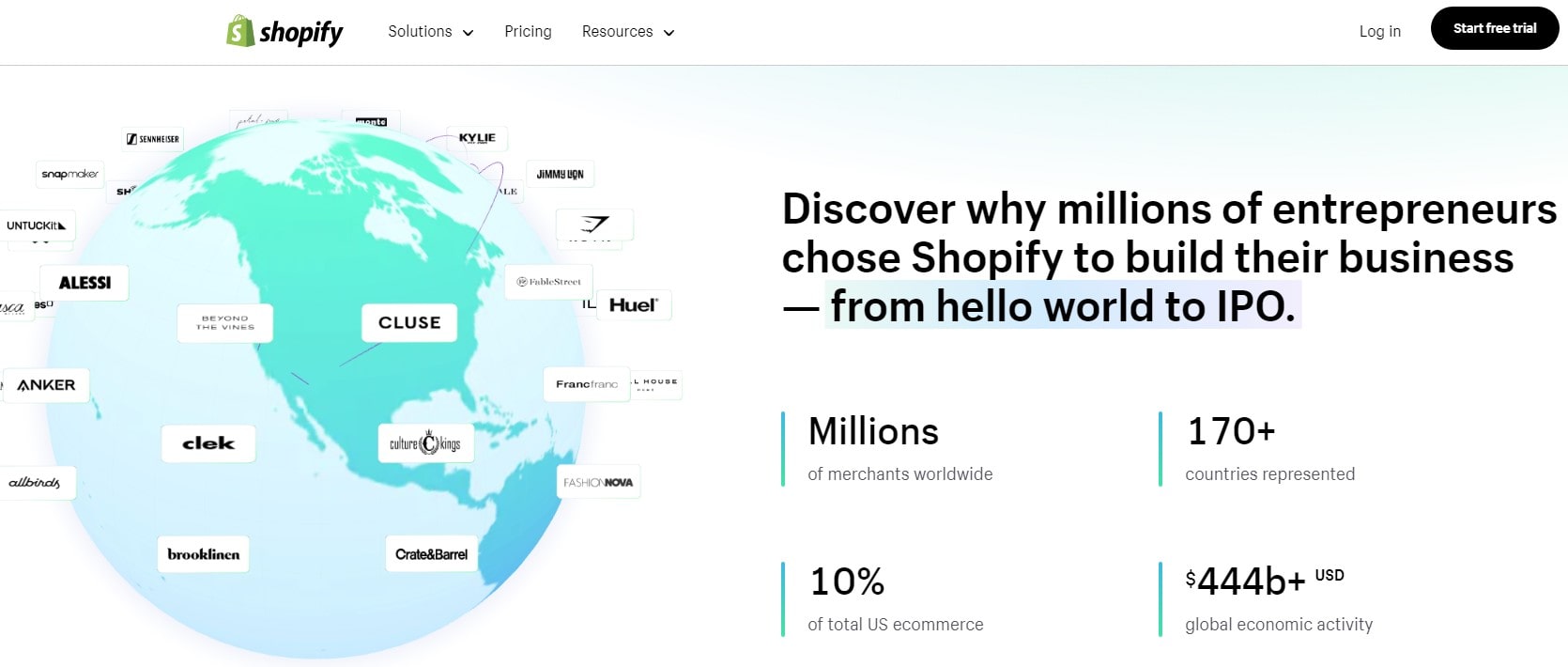
Mastering the art of geo-targeting is crucial in elevating your international SEO game, as it enables you to serve tailored content to users based on their location. By leveraging geo-targeting strategies, you can improve user experience, increase conversion rates, and achieve higher search engine rankings. Here, we explore the essential components of a winning geo-targeting strategy.
First on the agenda is setting up Google Search Console for geo-targeting. This indispensable tool lets you specify your target country. Add your website to Google Search Console, verify ownership, and select the desired country under the “International Targeting” section. Zeroing in on a specific location ensures your website rankings are higher.
Next up is leveraging Google My Business (GMB) for local search optimization. A well-optimized GMB listing can work wonders for your online visibility, driving traffic to your website and boosting your local search rankings. To make the most of GMB, take the following steps:
- Claim and verify your business listing
- Provide accurate and up-to-date information, including address, phone number, and website URL
- Add high-quality images that showcase your business
- Encourage satisfied customers to leave reviews
- Respond to reviews professionally and promptly
Another powerful tool in your geo-targeting arsenal is schema markup. Schema markup is structured data that helps search engines better understand your content, resulting in richer search results and enhanced online visibility. By implementing location-specific schema markup for your local business, you can provide search engines with precise information about your business, such as address, phone number, and operating hours, improving your chances of appearing in local search results.
In conclusion, a well-rounded geo-targeting strategy is essential in carving out a strong international SEO presence. By harnessing the power of Google Search Console, Google My Business, and schema markup, you can pinpoint your target audience and boost your website’s visibility in location-based searches. So, aim for the bullseye and watch your brand soar to new heights in international SEO.
Content Optimization for Global Audiences
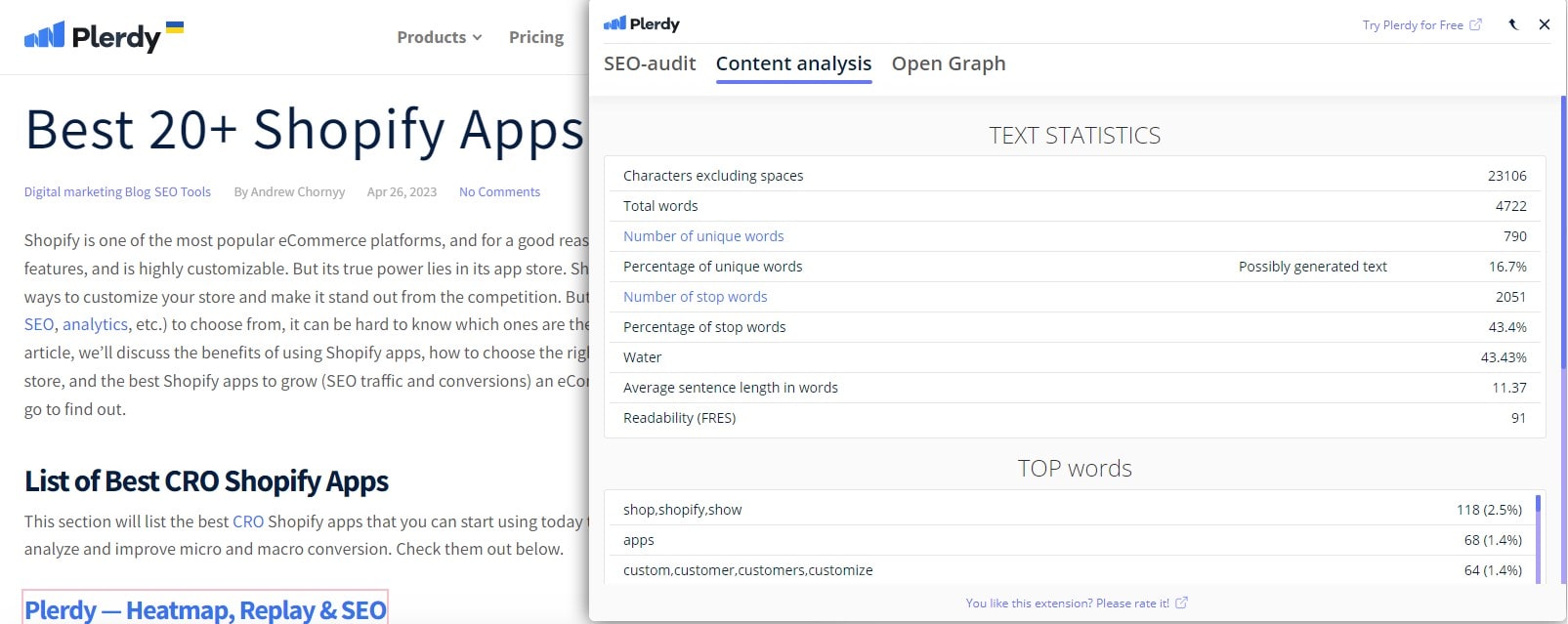
In the ever-evolving world of international SEO, content optimization is the golden key to unlocking your website’s potential. To captivate global audiences, you must craft content that transcends language barriers and cultural differences. This article delves into the essentials of content optimization for global audiences, helping you make a lasting impact on users worldwide.
First and foremost, let’s address the elephant in the room: the importance of high-quality, engaging content. You must produce informative, relevant, and captivating content to resonate with users from diverse backgrounds. A one-size-fits-all approach won’t cut it – instead, tailor your content to your target audience’s unique needs and preferences. This can be achieved by conducting thorough region-specific keywords into your content, ensuring it reaches the right users at the right time.
Another crucial aspect of content optimization is striking the perfect balance between text and visuals. Multimedia content, such as images and videos, can enhance user engagement and boost your website’s appeal. However, it’s essential to optimize these elements for SEO by:
- Adding descriptive alt tags to images
- Compressing files to reduce page load times
- Incorporating captions and transcripts for videos
- Leveraging responsive design to ensure compatibility across devices
Mobile-first thinking and multimedia optimization are essential. Smartphones and tablets have increased mobile website access. Make your website mobile-friendly and responsive to reach this increasing audience.
Finally, social media can boost content reach. Promoting your content on various social platforms allows you to tap into a vast pool of potential customers and drive traffic to your website. Consider the following social media best practices for international SEO:
- Tailoring your content to suit the tone and format of each platform
- Translating and localizing social media messages for international audiences
- Engaging with followers and responding to comments promptly
In conclusion, international SEO relies on global content optimization. High-quality, engaging content, multimedia optimization, a mobile-first approach, and social media may attract users globally and boost your brand’s online presence. So delve into content optimization and watch your worldwide audience explode.
Technical SEO Considerations
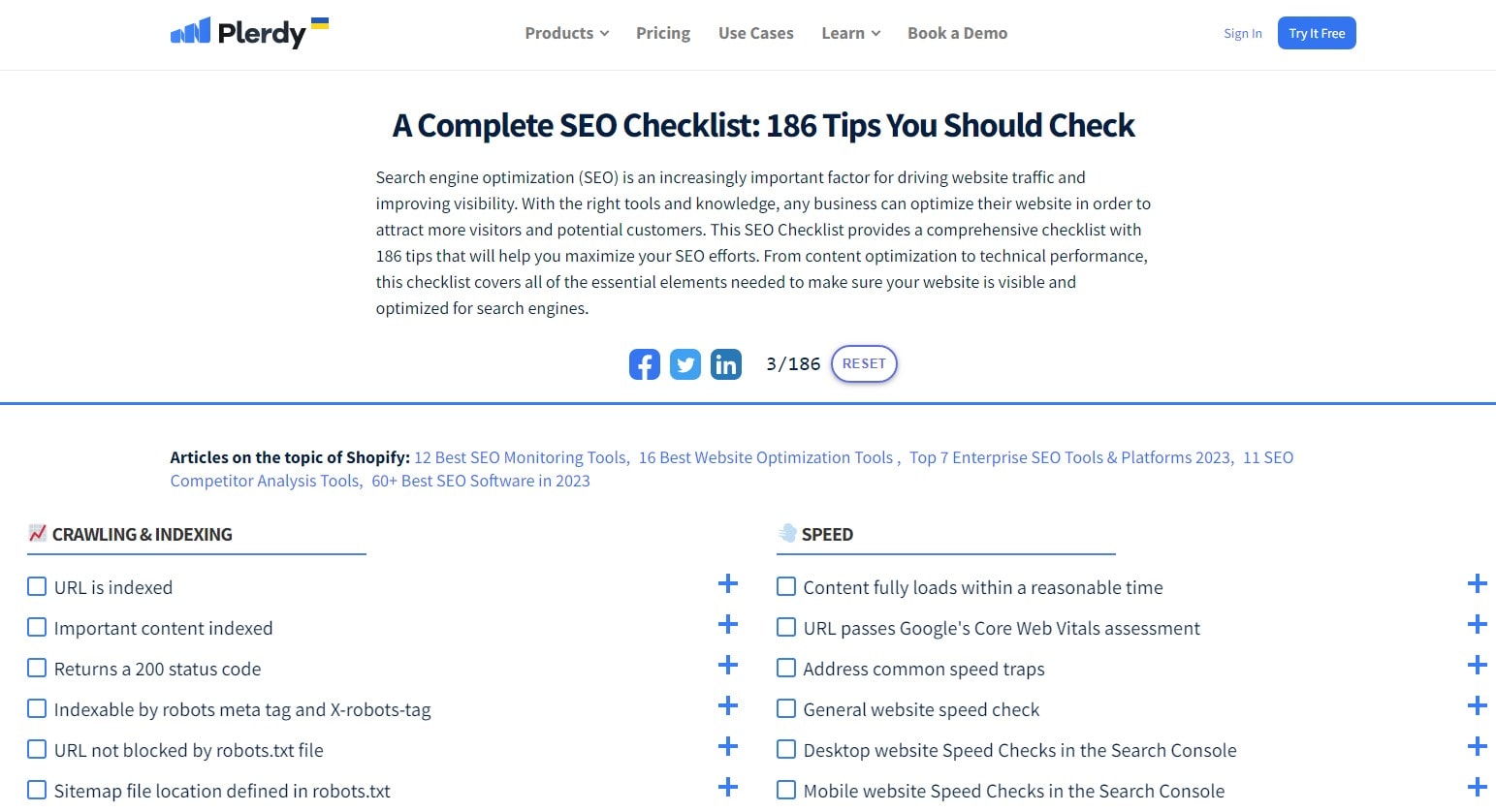
When it comes to international SEO, content is undoubtedly king. However, technical SEO is pivotal in ensuring your website’s performance is up to par. By fine-tuning the technical aspects of your site, you can enhance user experience, increase search engine visibility, and, ultimately, bolster your online presence. This article delves into the key technical SEO considerations that will set your website on the path to global success.
A cornerstone of technical SEO is site architecture. An intuitive, well-organized site structure improves user experience and facilitates search engine crawling and indexing. To optimize your site architecture, focus on creating a logical hierarchy of pages with clear navigation pathways, enabling users and search engines to traverse your site easily.
Another crucial element of technical SEO is page speed. In today’s fast-paced digital landscape, users need more patience for slow-loading websites. To prevent potential customers from bouncing, prioritize page speed optimization by:
- Compressing images and multimedia files
- Minimizing HTTP requests
- Implementing browser caching
- Utilizing a Content Delivery Network (CDN Cloudflare)
In addition to page speed, mobile optimization is a must for any website aspiring to make waves in the international market. With mobile devices accounting for a significant share of online traffic, it’s essential to ensure that your website is accessible and user-friendly on all devices. Employ responsive design and adhere to mobile SEO best practices to create a seamless browsing experience for your audience.
Lastly, let’s address the importance of proper URL structure in technical SEO. Clean, concise, and descriptive URLs are user-friendly and search engine-friendly. To optimize your URLs, incorporate relevant keywords, use hyphens to separate words, and avoid lengthy, cryptic strings of characters.
In conclusion, technical SEO is the unsung hero of international SEO success. By focusing on site architecture, page speed, mobile optimization, and URL structure, you can create a solid foundation for your website that will serve as a springboard for global growth. So, roll up your sleeves and dive into the world of technical SEO – your website’s success depends on it.
Link Building and Outreach Strategies
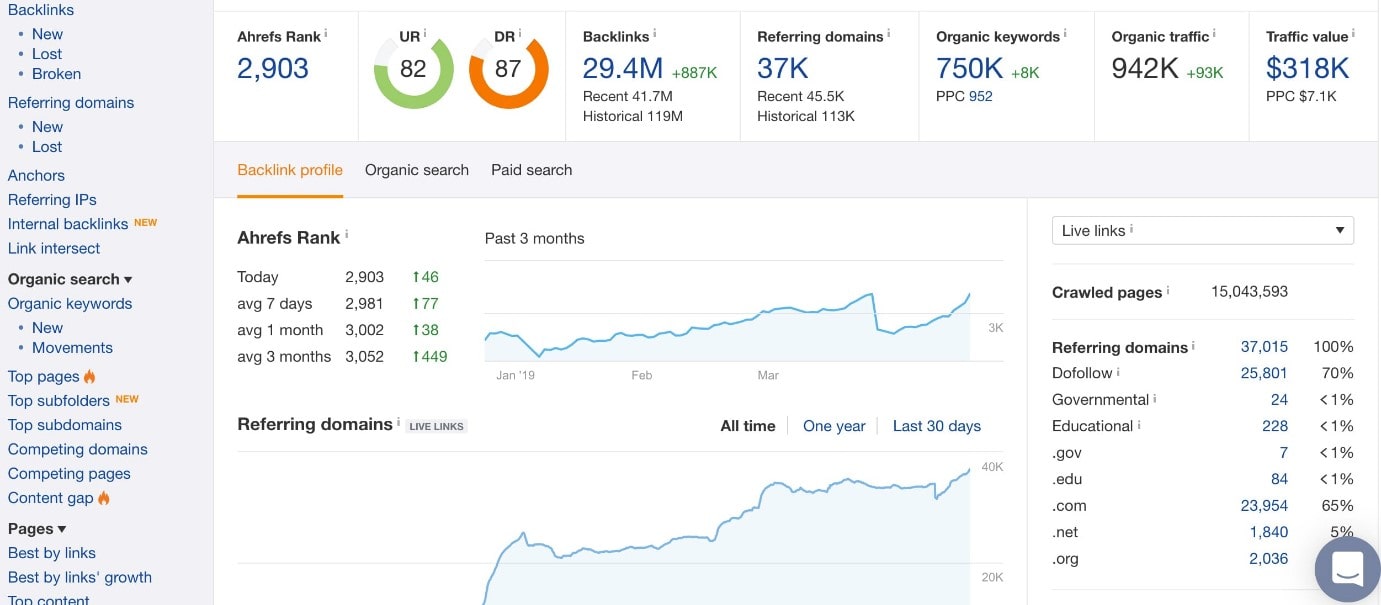
In international SEO, link-building and outreach strategies are the icings on the cake, complementing your website’s content, technical aspects, and language localization efforts. By cultivating a strong backlink profile and nurturing relationships with relevant online communities, you can increase your website’s authority, improve search engine rankings, and expand your global reach.
One effective link-building approach is to create high-quality, shareable content that appeals to your target audience. This type of content, often dubbed “link bait,” is designed to attract links from other websites naturally. To make your content irresistible, focus on crafting engaging, well-researched, and visually appealing pieces that stand out.
Guest posting is another tried-and-true method for obtaining valuable backlinks. By offering your expertise and contributing to industry-related blogs or publications, you can showcase your knowledge, build credibility, and gain exposure to new audiences, all while securing a valuable link to your website.
Aside from content creation and guest posting, there are numerous other link-building tactics you can employ, including:
- Broken link building: Identify broken links on relevant websites and offer your content as a replacement.
- Resource page link building: Reach out to websites with resource pages related to your niche and suggest adding your content.
- Skyscraper technique: Find popular content within your niche, create an even better version, and promote it to the original content’s backlink sources.
In tandem with your link-building efforts, outreach is pivotal in forging relationships with key players in your industry. Engaging with influencers, bloggers, and online communities can position your brand as an authoritative voice in your niche, fostering trust and credibility. To kick-start your outreach efforts, use social media platforms and forums to connect with your target audience, offer valuable insights, and share your content.
In conclusion, a strong link-building and outreach plan helps boost international SEO. By combining high-quality content, guest posting, and a diverse array of tactics, you can bolster your website’s authority and expand your global reach. So, don’t hesitate – dive headfirst into the link-building and outreach world and watch your website soar to new heights.
Measuring and Analyzing International SEO Success
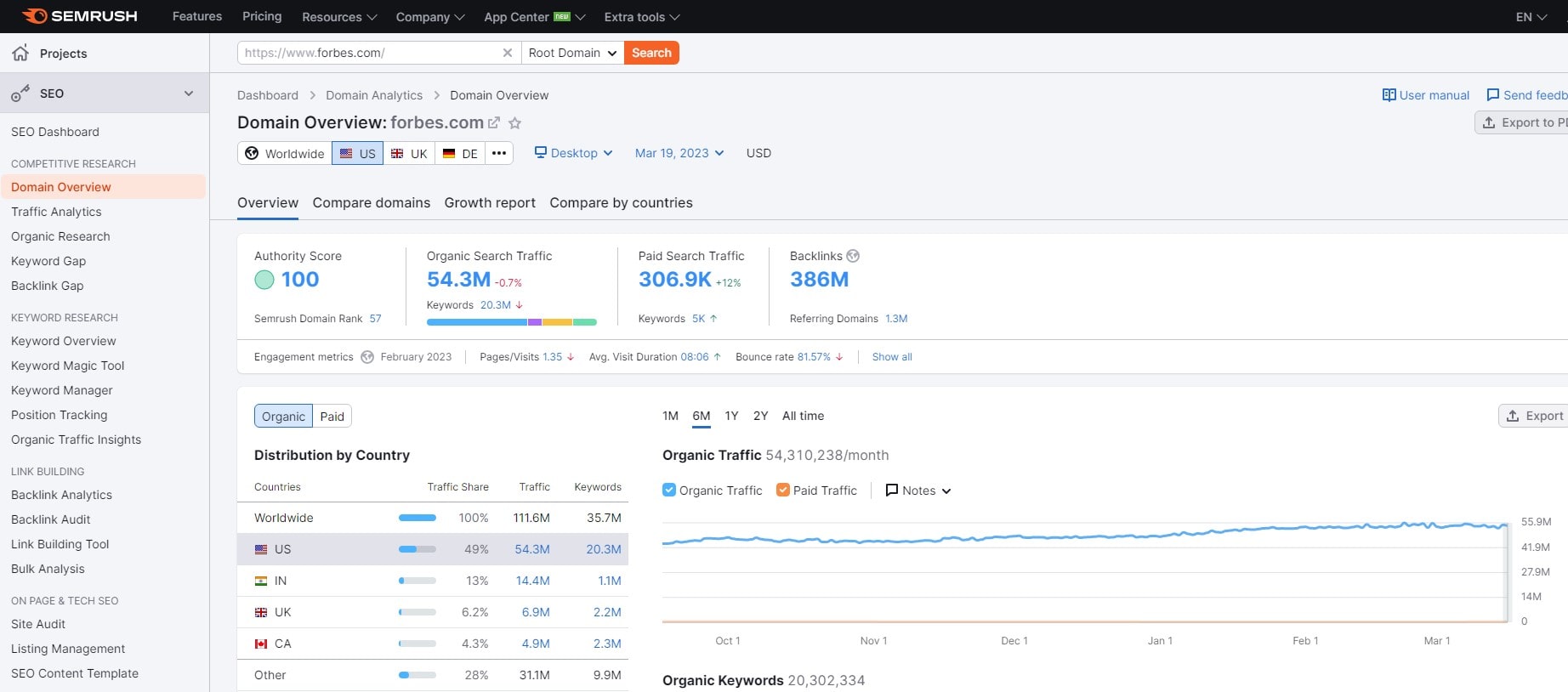
In the ever-changing landscape of international SEO, it’s crucial to keep a close eye on your efforts and measure the effectiveness of your strategies. By setting clear goals, monitoring key performance indicators (KPIs), and analyzing the data, you can fine-tune your approach and maximize your website’s global impact.
Start by establishing tangible objectives for your international SEO campaign. Whether you aim to increase organic traffic, boost online sales, or improve brand awareness, having well-defined goals helps you maintain focus and evaluate progress.
Next, identify the KPIs that best align with your objectives. These metrics provide insights into the success of your international SEO efforts and inform data-driven decisions. Some essential KPIs to monitor include:
- Organic traffic: The number of visitors landing on your site through search engines.
- Keyword rankings: The positions of your target keywords in search engine results pages (SERPs).
- Bounce rate: The percentage of visitors who leave your site after viewing only one page.
- Conversion rate: The percentage of visitors who complete a desired action, such as purchasing or signing up for a newsletter.
Once you’ve identified your KPIs, it’s time to gather and analyze the data. Then, utilize powerful analytics tools, like Google Analytics and Google Search Console, to access valuable insights and track your website’s performance across different regions and languages.
When analyzing the data, watch for trends and patterns that can inform your international SEO strategy. Here are some areas to focus on:
- Geographic performance: Assess the organic traffic, bounce, and conversion rates for each target region and language.
- Device usage: Identity which devices – desktop, mobile, or tablet – are most popular among your global audience and optimize your website accordingly.
- Content engagement: Discover which pages, blog posts, or resources resonate with your audience, and use this information to guide future content creation.
Remember to be patient, as international SEO is a long-term endeavor. Regularly review your KPIs, fine-tune your strategies, and make data-driven decisions to stay ahead of the curve.
In summary, measuring and analyzing your international SEO success is key to refining your approach and achieving your goals. By setting clear objectives, monitoring KPIs, and leveraging analytics tools, you can optimize your website for global audiences and enjoy a significant competitive edge.
Staying Up-to-Date with International SEO Trends
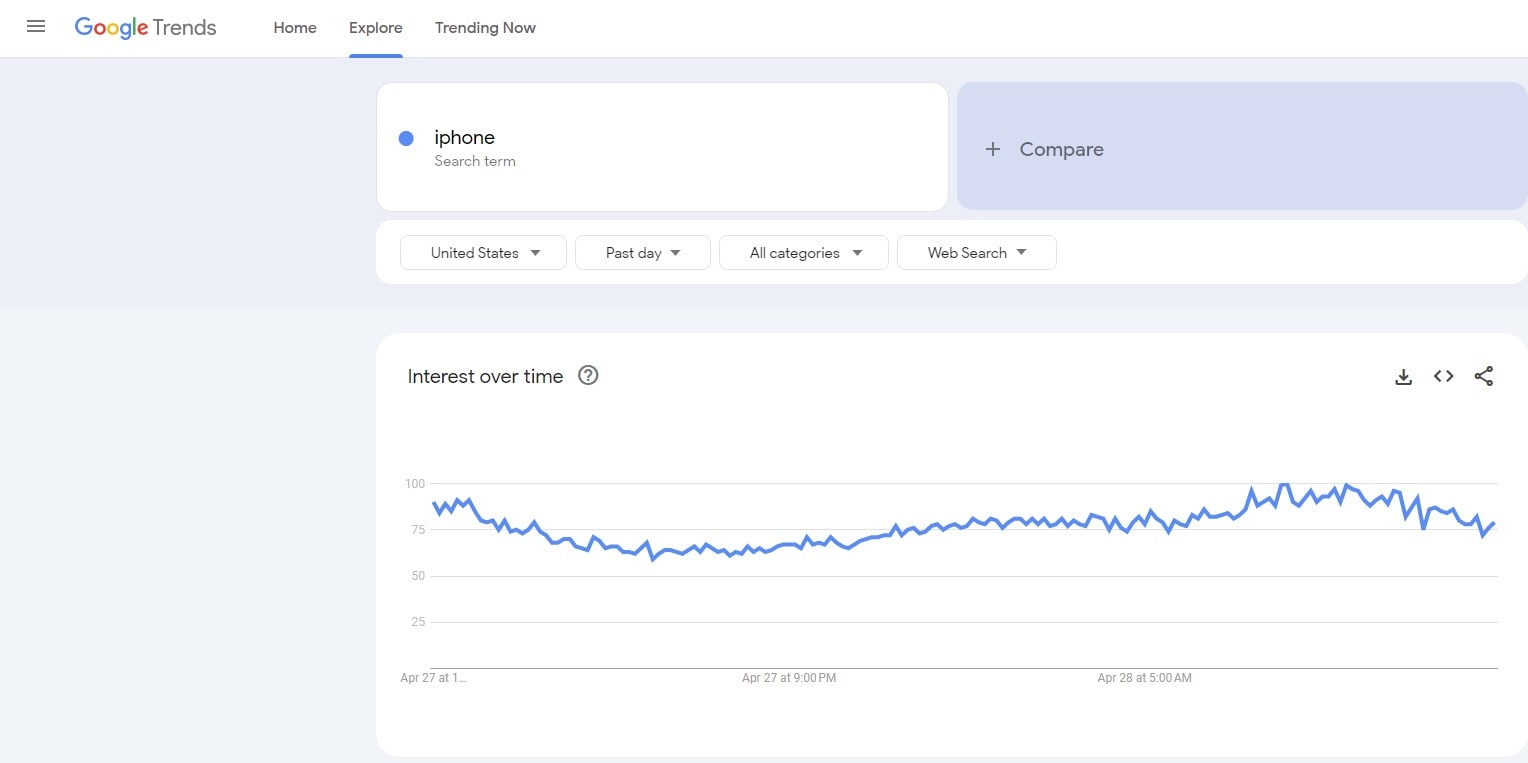
In the dynamic world of international SEO, staying current with emerging trends and best practices is essential to maintaining a competitive edge. Additionally, with search engines continually updating their algorithms and user behaviors evolving, marketers must remain vigilant to ensure their global campaigns remain effective.
To stay ahead of the curve, consider incorporating the following strategies into your ongoing SEO efforts:
- Follow industry influencers: Keep tabs on thought leaders and experts in the international SEO space. Subscribe to their blogs, listen to podcasts, and engage with them on social media platforms to gain insights and stay informed about the latest developments.
- Participate in online forums and communities: Join SEO-focused discussion boards and communities, such as Reddit’s r/SEO and Moz’s Q&A Forum, where professionals exchange ideas, share resources, and discuss the latest industry news.
- Attend conferences and webinars: Participate in virtual or in-person events to network with peers, learn from industry experts, and discover the latest trends and strategies in international SEO.
- Subscribe to industry newsletters: Stay updated on the latest international SEO news, tips, and case studies by signing up for industry-specific newsletters from authoritative sources like Search Engine Journal, SEMrush, and Ahrefs.
In addition to these resources, make it a habit to regularly review and analyze your SEO campaigns, paying close attention to any shifts in search engine algorithms or user behavior that could impact your strategies. Some key areas to monitor include:
- Algorithm updates: Stay alert to changes in search engine algorithms, as these can significantly affect your site’s rankings. When updates occur, be prepared to adapt your strategies accordingly.
- Emerging markets: Keep an eye on emerging markets and languages, and consider targeting these in your international SEO efforts to tap into new growth opportunities.
- Voice search and AI: As voice search and AI technology become more prevalent, ensure your content is optimized for these trends to maintain visibility and relevance.
- Mobile optimization: With the ongoing rise of mobile usage, prioritize optimization to provide an exceptional user experience for your global audience.
In conclusion, staying up-to-date with international SEO trends is vital for marketers looking to achieve long-term success in the global arena. By leveraging industry resources, engaging in communities, and monitoring your campaigns, you can make informed decisions and adapt your strategies to remain competitive in an ever-changing landscape.
Bottom Line
Mastering International SEO Best Practices for 2023 will put you leaps and bounds ahead of the competition. With a focus on language diversity, culturally relevant content, and cutting-edge optimization techniques, your business will thrive on a global scale.
Remember to stay up-to-date with the latest SEO practices, as the digital landscape is always evolving. Keep these key elements in mind:
- Prioritize language optimization for better user engagement
- Stay true to your brand while adapting to regional preferences
- Establish a strong online presence in target markets
To achieve all this, make the most of Plerdy’s robust UX analysis tools. With Plerdy, you can gain valuable insights into how your international audience interacts with your website, enabling you to fine-tune your user experience successfully.
So, don’t hold back – take the plunge and implement these international SEO strategies. You’ll see impressive results as your business flourishes in new markets and reaches a wider audience. It’s time to spread your wings and soar to the top of search engine results pages (SERPs) worldwide. ⚡
Ready to boost your international SEO game? Give Plerdy a try today and uncover hidden growth opportunities. Your online success story starts here! ⚡
